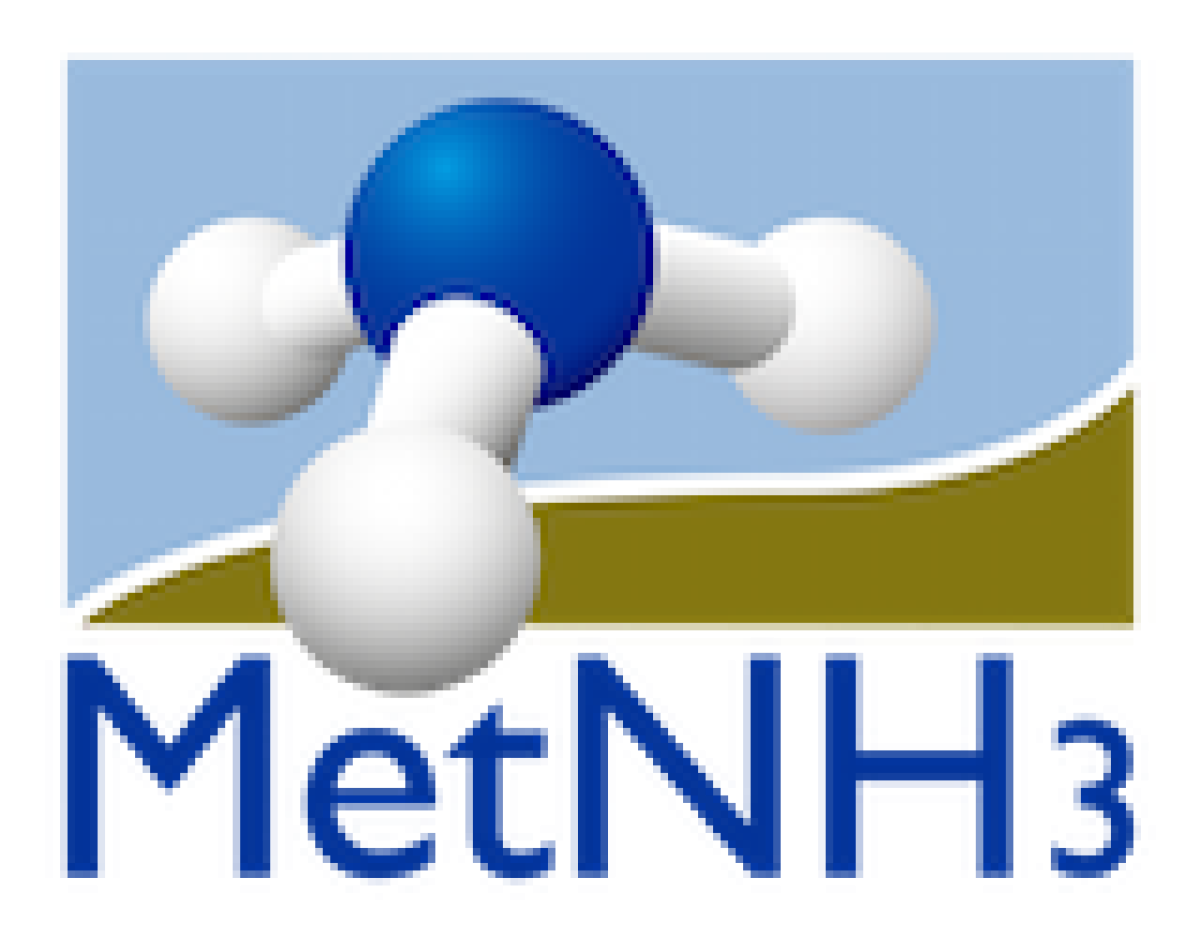Across the globe ammonia emissions are on the rise. Emissions inventories, and limited networks of ambient air measurements, suggest the rise is predominantly due to intensive farming practices and the increased use of nitrogen-based fertilizers. This important basic gas is a major contributor to secondary aerosol formation in the atmosphere, and therefore has a direct effect on air quality. In addition, the deposition of ammonia can have an adverse effect on local water and soil quality due to enhanced eutrophication, or enrichment in the environment in nutrients that can result in harmful algal blooms, and acidification.
In the EU, as well as in other regions, ammonia emissions are now regulated [1], however confirming emissions reductions is tricky. In particular, there is a lack of regulation regarding the techniques used to measurement ambient atmospheric ammonia, and the associated Quality Assurance (QA) and Quality Control (QC) processes. That’s where our collaboration with the EU’s Joint Research Project ENV55 on Metrology for Ammonia in Ambient Air, or MetNH3, comes into play.
Historically, ambient atmospheric ammonia measurements have been made via a variety of active and passive techniques. For example, gaseous ammonia (NH3) can be stripped from the air into an acidic solution followed by chemical analysis as ammonium (NH4+). Although this approach is reliable, it is indirect and does not provide real time measurements of ammonia concentration in the air. More recently, laser-based absorption spectroscopy, including Picarro’s Cavity Ring-Down Spectroscopy technology, has provided a promising improvement to the state-of-the-art and it will now be assessed by MetNH3.
MetNH3 brings together a consortium of experts in ammonia metrology, gas analysis, spectroscopy, preparation of gaseous Certified Reference Materials, and verification and testing, from across Europe. In addition, Picarro is a recognized collaborator of MetNH3 and will provide support to the consortium on:
- Traceability of the Picarro G2103 for ambient ammonia concentration measurements, including uncertainty characterization and spectroscopy.
- Shared experiences on the use of the Picarro G2103 for analysis of ammonia at ambient levels, possible spectral interferences and issues concerning the matrix gas.
Picarro will also participate in MetNH3’s Work Package 3 (WP3), an inter-comparison project of different instruments used for ambient atmospheric measurements of ammonia. Currently, the Picarro G2103 is considered a front-runner for the gold standard of traceable ammonia measurements.
One of the challenges of working with ammonia gas is its “stickiness” and high reactivity. As a result, long-term storage of gas cylinders with ambient atmospheric ammonia concentrations is not feasible as it has been shown that gas tank concentrations vary over time due to surface chemistry reactions, humidity and other factors. One of the key objectives of MetNH3 is to develop improved standards and a calibration infrastructure. One of the proposed ideas is to use a calibrated Picarro G2103 as a transfer standard across a measurement network. This is a testament to the long-term stability, and calibrated accuracy of Picarro’s CRDS technology.
More generally, Picarro continues to push the envelope on performance of the G2103, and has recently collaborated with the UK’s National Physics Lab on improving the correction for cross-talk between water vapor and ammonia. NPL runs a national facility for controlled atmospheric testing (CATFAC) where they can introduce highly accurate gas mixtures of NH3 with variable humidity. By working with NPL, a member of the MetNH3 consortium, we have been able to put our spectroscopy to the test. These results will be submitted for peer-review in the near future, and the improvements are also being transferred to our newly manufactured G2103 analyzers.
Picarro is excited to be able to participate in the regulation and monitoring of this important trace gas, and we look forward to collaborating with MetNH3 and national metrology labs from across Europe.
[1] Directive 2001/81/EC of the European Parliament and the Council on National Emission Ceilings for certain pollutants: http://ec.europa.eu/environment/air/pollutants/ceilings.htm
Resources:
